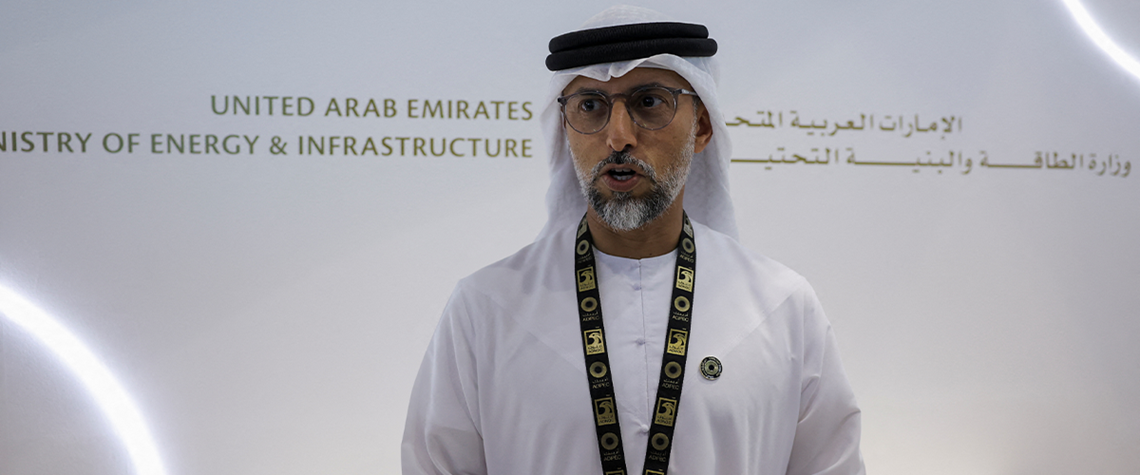There are those in the oil industry still hanging on to the idea of a Goldilocks oil price. Many experts suggest that somewhere in the region of $70/bl is just right for producers and consumers alike. But that too may be a fairytale of yonder rather than a hard reality.
The question of a disappearing oil market sweet spot is twofold. First, whether there is no longer a point where the price is both low enough to placate consumers and high enough to incentivise producers. And second, whether the sweet spot is undergoing a structural shift upwards to which consumers have yet to acclimatise.
Oil producers have been talking up the need for oil investment but talking down the specifics of a price to attract that investment even if it is widely acknowledged that current prices are enough to get decent returns. But therein lies part of the issue: look at the profits being pumped out from energy companies in the past couple of years but also at the public and policymakers’ reaction amid a cost-of-living crisis and the push to decarbonise. The awkward irony is that these resistance factors mean oil prices need to be even higher to persuade investors.
No target price
OPEC+ may not target a certain price, but the messaging around the need for higher oil prices to lure international investment was out in full force at the ADIPEC energy event in October.
OPEC is doing its best to maintain a healthy balance between supply and demand, Suhail al-Mazrouei, the UAE’s minister of energy and infrastructure, said at the conference. Going with this logic, this would mean oil is closer to balance at $80–90/bl than the $60–70/bl when Saudi Arabia and Russia pushed ahead with further voluntary supply cuts of more than 1m b/d on top of the OPEC+ supply reductions.
“We gave up looking at the price as one single target,” the minister said, harking back to a couple of decades ago when OPEC had a price band and even more recent times when there was a laser focus on prices rather than on other factors such as market structure and fundamentals. But that is not to say price is not behind the thinking longer term.
A key concern Mazrouei raised is the uneven distribution of investment within OPEC+ countries. Although the producer pact controls 80% of the world’s oil resources, its members produce only 40%, he noted. This glaring investment imbalance poses a danger to future energy supplies.
“My worry is not an oversupply market in the short term,” said Mazrouei. “My worry is an undersupply market in the longer term. We lost 4m bl within three years [because of underinvestment in the oil sector], and that is a significant concern.”
And that rationale has been supported by OPEC’s World Oil Outlook, also released in early October, which now sees oil demand growing over the next two decades and reaching 116m b/d in 2045 from just shy of 100m b/d in 2022.
The report also said that oil demand has “the potential to be even higher” and marks a stark upgrade from last year’s edition, which put oil demand at closer to 110m b/d in two decades’ time, led by China in the first instance and then by India becoming the largest source of incremental demand.
OPEC also said the world needs $14t of investment in the oil sector up to 2045, with almost 80% of that cash needing to be spent on upstream projects.
By the same token, and with a shorter time horizon, the International Energy Forum (IEF) said recently that oil and gas upstream capex rose by 39%, to $499b, last year, the highest level since 2014, as higher oil prices triggered greater spending. However, the IEF has said that annual upstream spending needs to increase to $640b by 2030 to ensure adequate supplies.
As such, and given the rough correlation between oil prices and investment, prices need to remain at elevated levels to attract international investors. Indeed, the link between oil prices and capex has weakened of late, meaning even higher prices may be needed to lure IOCs reluctant to spend on projects with longer life-cycles for fear of stranded assets and concerns about return on investment.
Investment in the balance
While some argue the need for further investment is a false narrative, there is no denying OPEC sees a balanced oil price at much higher than the old $70/b; this was especially evident earlier in the year when global banking jitters led the group to try and stop prices dropping below that $70/b level by swiftly enacting steep output cuts.
The difficulty is that the other side of the ledger is not fully convinced. With the US and India facing elections in 2024, there is even greater scrutiny of pump prices. In a post on social media platform X, formerly known as Twitter, Indian oil minister Hardeep Singh Puri warned that a global recession may be looming if oil producers do not show more “sensitivity” towards consuming countries. And US President Joe Biden has repeatedly talked up bringing gasoline prices down amid his country’s battle with inflation and the threat of persistently high interest rates.
But it is China that provides the consumer counterweight to OPEC+’s producer power, cutting back on purchases of expensive crude and exporting high-value refined products. How much is actually genuine demand weakness and how much is strategic operations is difficult to say. China has stepped into the void left by US producers as a cap. US shale as a marginal producer used to flood the market when prices started to rise but is now more conservative in its reactions.
Citigroup analyst Ed Morse has said China’s oil inventories could satisfy about 130 days of demand, outstripping the global standard of around 90 days, highlighting the strength in its reserves to influence the oil market.
This producer-consumer dynamic is more impasse than implied agreement between the world’s key buyers and sellers.
But look at the level of prices adjusted for inflation and the rate of change in average oil prices compared with recent years and it could be argued that oil prices are not so high in relative terms. Some analysts even suggest a slow rise in prices can be swallowed easily and will not lead to demand destruction even if prices go well into triple digits.
Comparisons with oil prices during previous cycles are distorted by the impact of inflation, which erodes the value of the dollar and tends to raise oil futures over time, analysts say.
However, drawing a conclusion is not straightforward when that very inflation is hurting consumers and demand and has at least in part been driven by rising energy costs.
Whether oil prices in the $80–100/bl range are some kind of new normal is still up for debate. It could be a resting place between either a drop back to the $70/bl mark on economic weakness, the strength of China’s reserves and OPEC+’s lack of willing to deepen or extend cuts, or a push on to $100+/bl on a begrudging acceptance of structural tightness that could persist until sufficient investment is seen offsetting potential long-term energy deficits.
But what has become clear is the space between oil producer and consumer has become more of a void than a sweet spot. The Goldilocks price may now read as simply once upon a time…









Comments